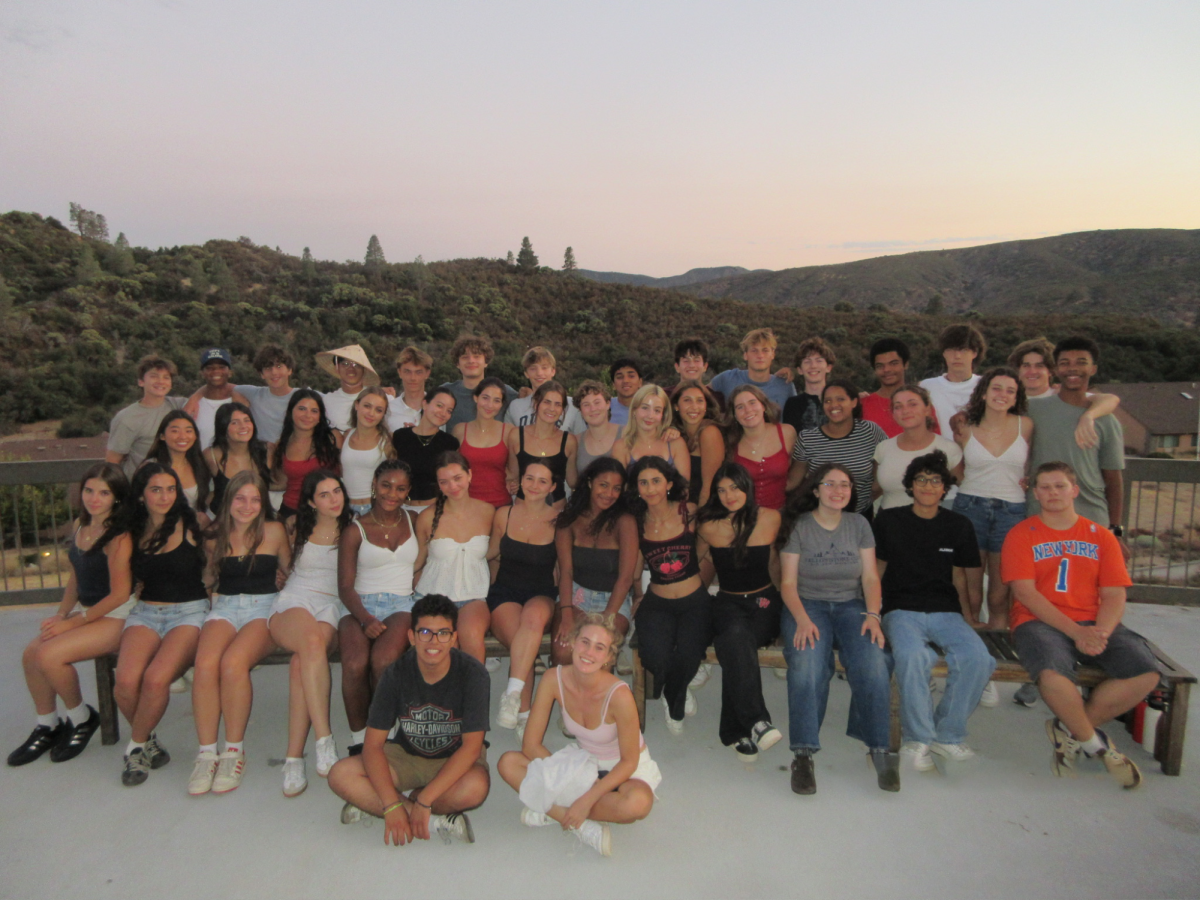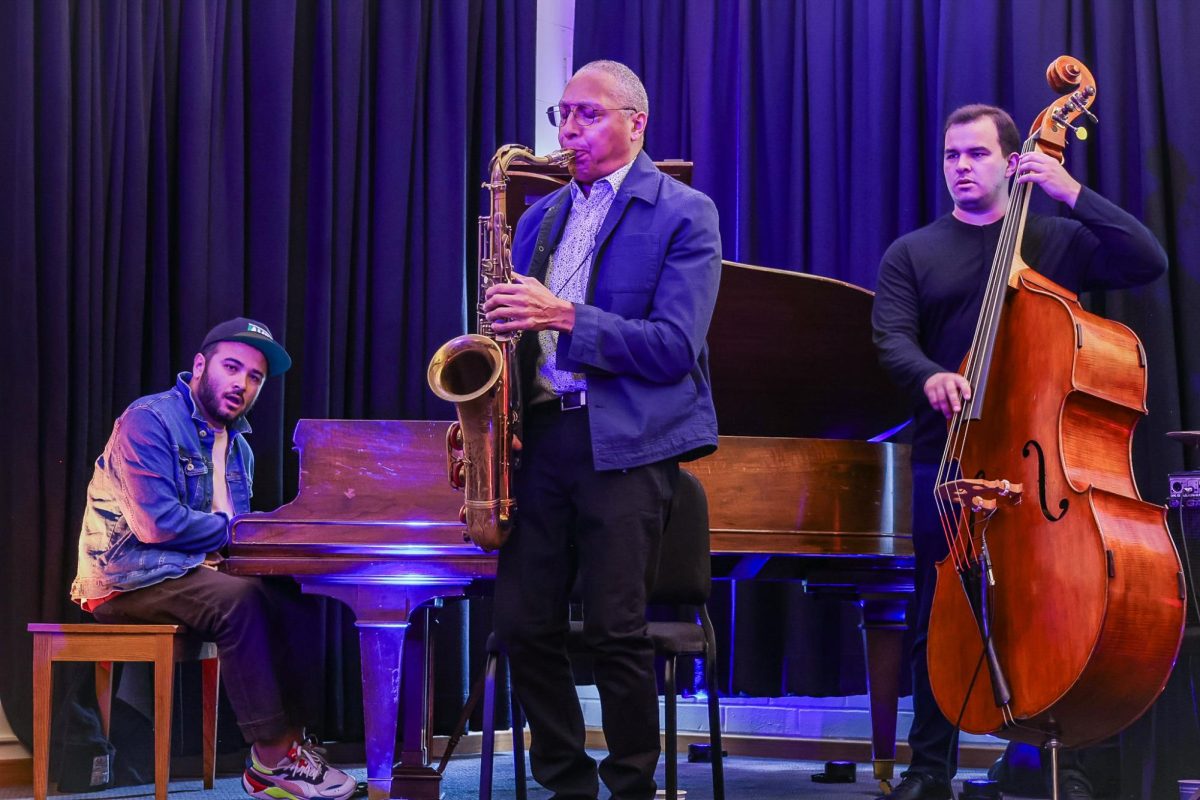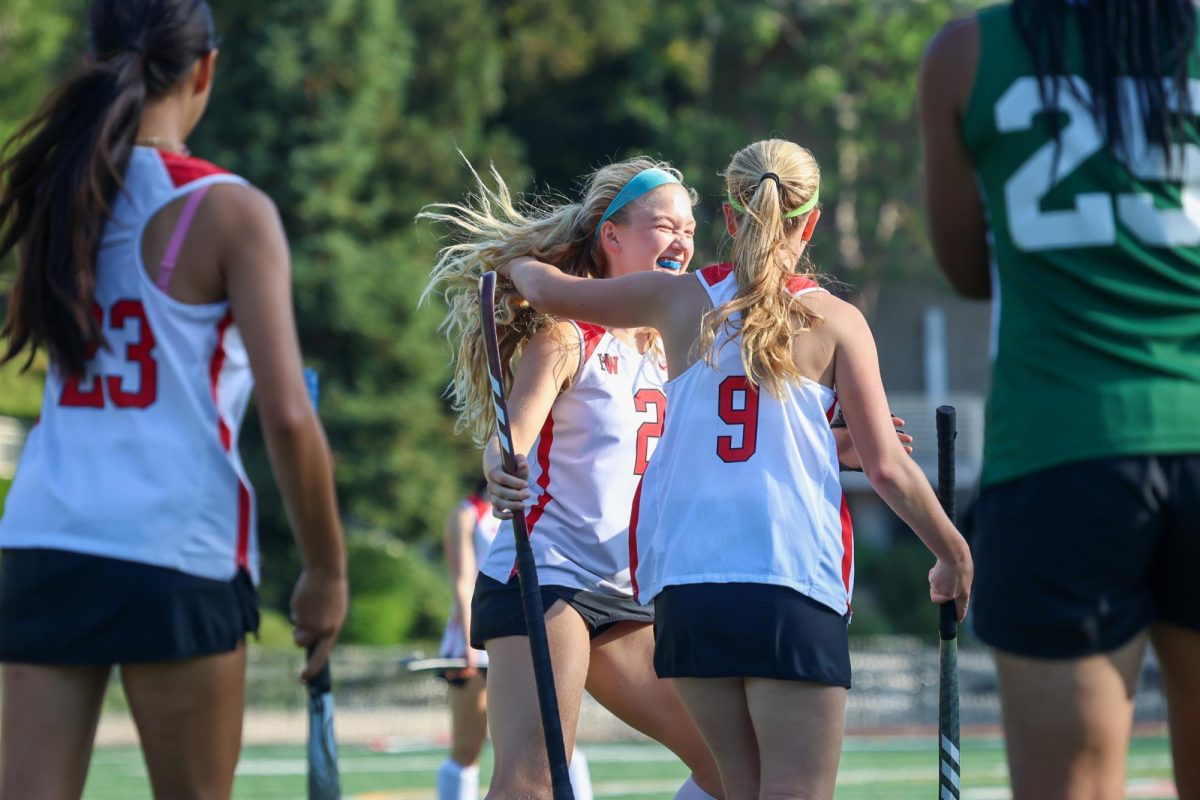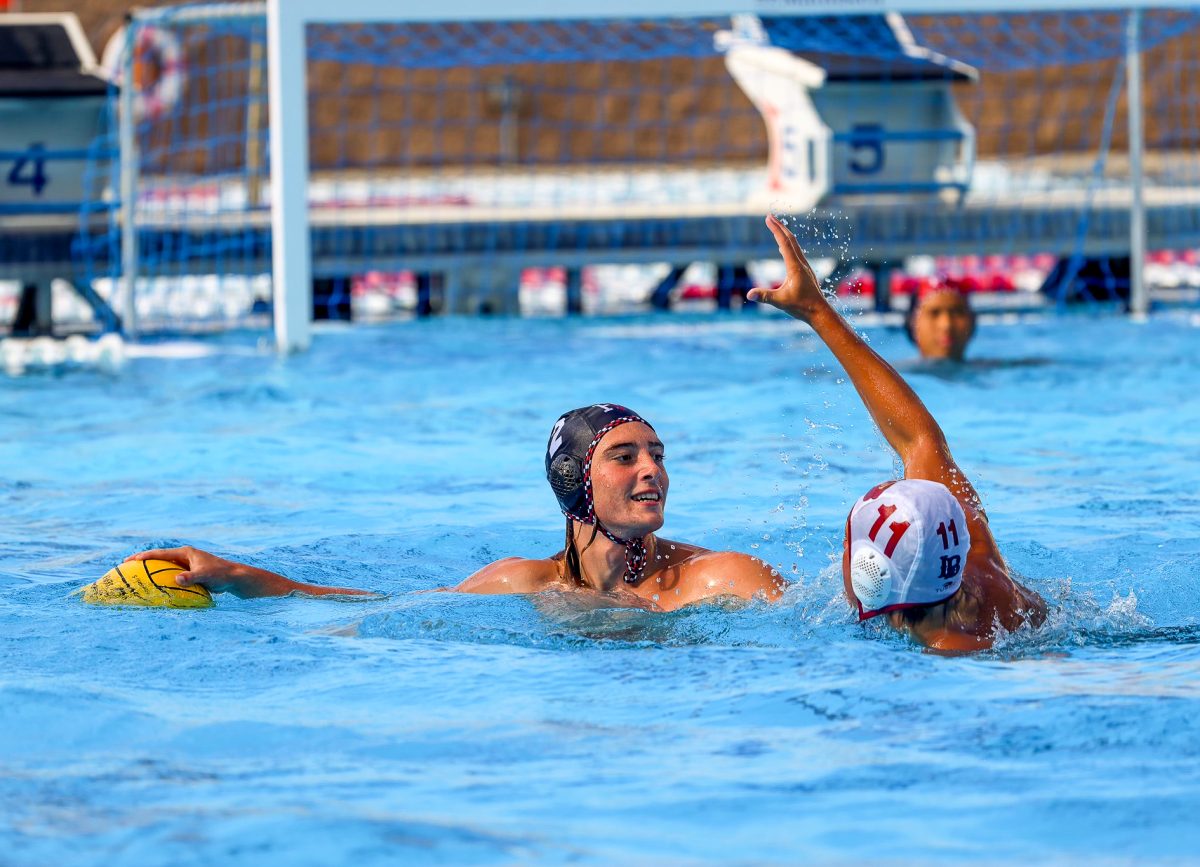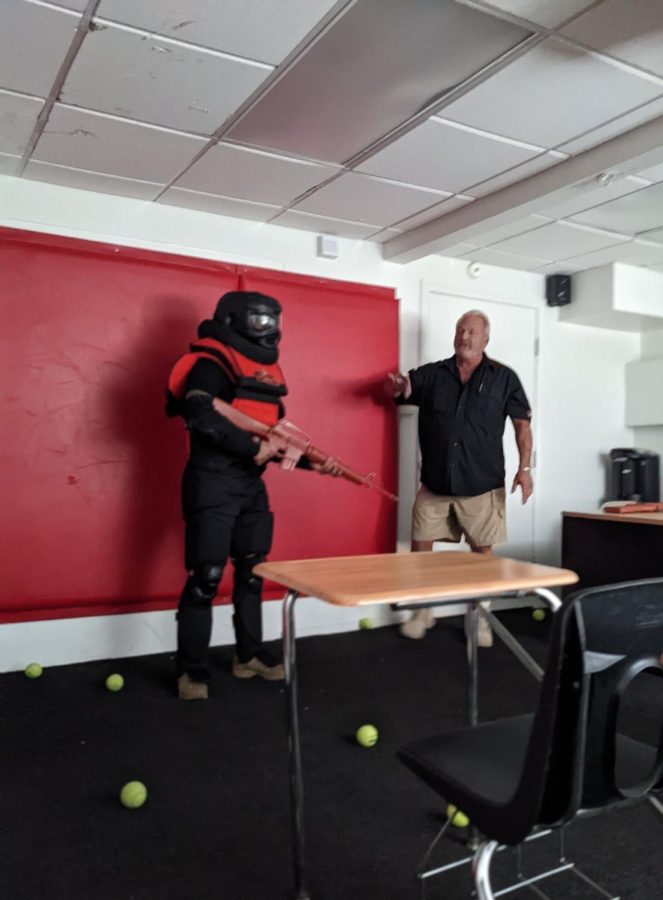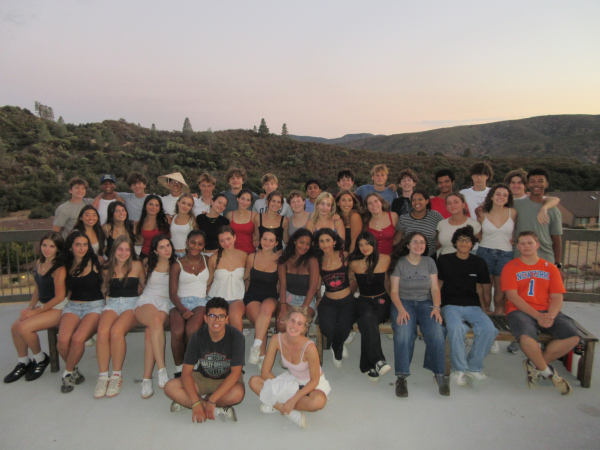Security team conducts ALICE training for sophomores and juniors in class meetings
STAYING SAFE AT SCHOOL: Campus security guards give a mandatory presentation on a potential active shooting situation during class meeting. The ALICE training was delivered to sophomores and juniors, and also included interactive scenarios where students had to physically disarm intruders.
The school resumed its Alert, Lockdown, Inform, Counter and Evacuate (ALICE) training program for students Sept. 16. The school was unable to hold training for the past two years because of the pandemic.
ALICE is an emergency protocol that is used in the case of a violent intruder or threat to campus safety. Student Discipline and Attendance Coordinator Gabriel Preciado, who helped administer the training, said ALICE preparation was successful in past years.
“[The scenarios] take place at the training room near St. Michael’s Chapel,” Preciado said. “The training has been taking place for 10 years now, and it works really well to keep our community safe and prepared.”
The first part of the training is a presentation on the steps of ALICE and instructions on examples of appropriate counter-responses, and the second part of the training consists of interactive scenarios set inside a classroom where students are required to counter and disarm the fake intruders, according to Preciado.
Students are split into dean groups and are led to the scenario room by the security team and Head of Security Jim Crawford, where they are briefed on the scenarios. One scenario has the shooter come in unannounced, and the other scenario gives students time to barricade the classroom and prepare. Students are seated in a classroom setting with desks and are armed with tennis balls against a padded security guard with a fake rifle. Both scenarios take about three minutes to complete, according to Crawford.
Security Guard Mark Geiger said the scenarios are similar to real-life emergencies and are effective in forcing students to act.
“[The scenarios] go really fast,” Geiger said. “When they enter, the students get loud and start throwing the tennis balls, and [somebody] has to take control of the gun, similar to a real situation.”
John Xu ’25, who participated in the ALICE training on Sept. 19, said the drill was not as realistic and practical as an actual emergency.
“[The active shooter drill] did what it was supposed to achieve, and that is to put us in a situation in which we have to use some sort of counter-attack or violent measure,” Xu said. “Since everyone knew it wasn’t a real shooter, most people didn’t feel scared.[They were instead] more excited about it.”
Xu said the interactive training made him feel more prepared for the possible danger of an actual intruder.
“This was the first time I’ve ever tried counter-attacking drills against intruders, so in terms of preparedness, HW is better than other schools I’ve been to,” Xu said.
Geiger said the hands-on training was helpful preparation for potential threats.
“In the moment, you have to think what your best option might be and run with it,” Geiger said. “It might be fighting, it might be running, it might be just staying inside a room and making that room as safe as you can. You’ve got people just sitting there, going about their day. If you’ve got things like this happening in elementary schools, there’s a possibility for anything.”

Connor Tang '25 is one of two Editors-in-Chief of The Chronicle, and is in his third year on staff. He is a former water polo player and outside of layout,...



